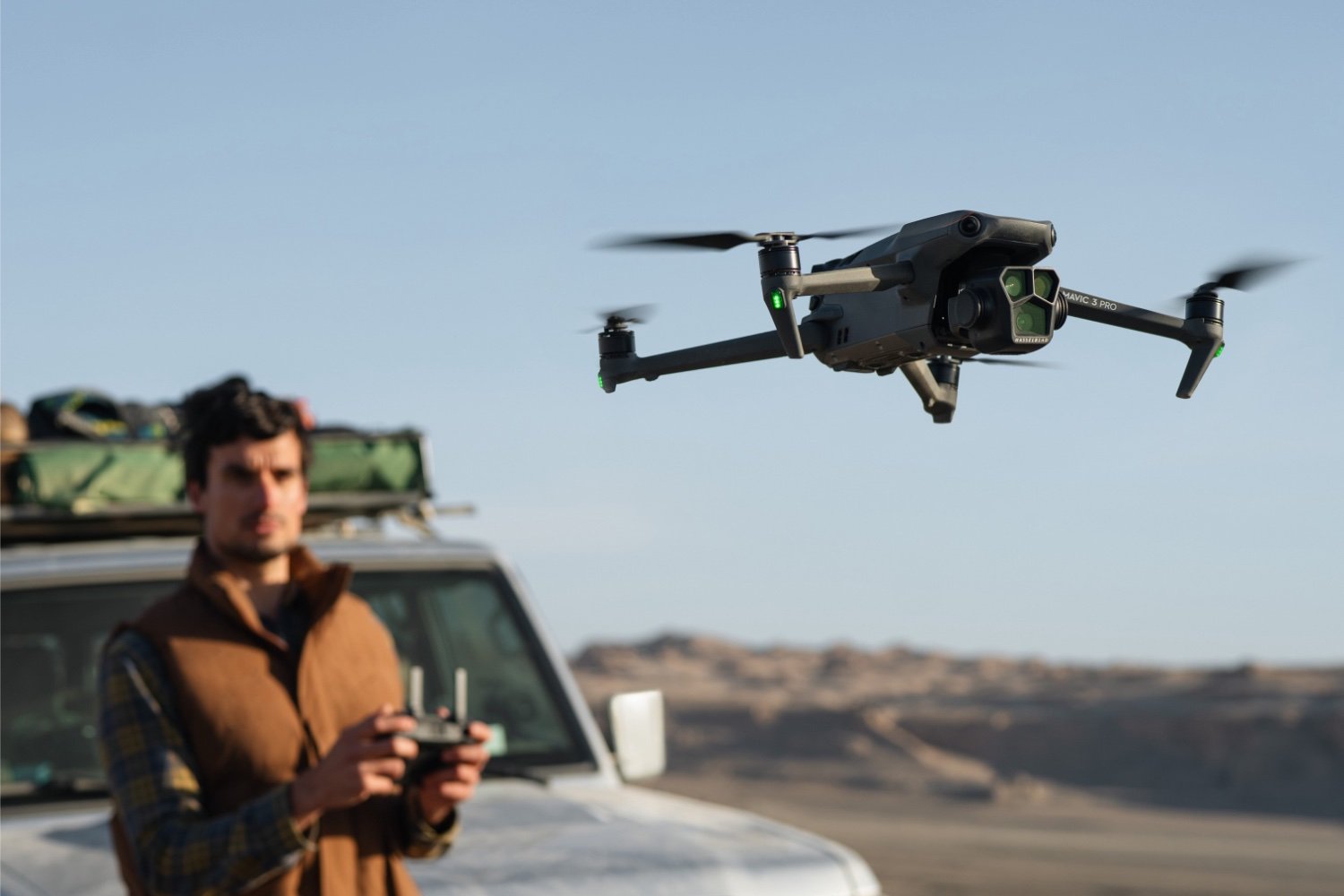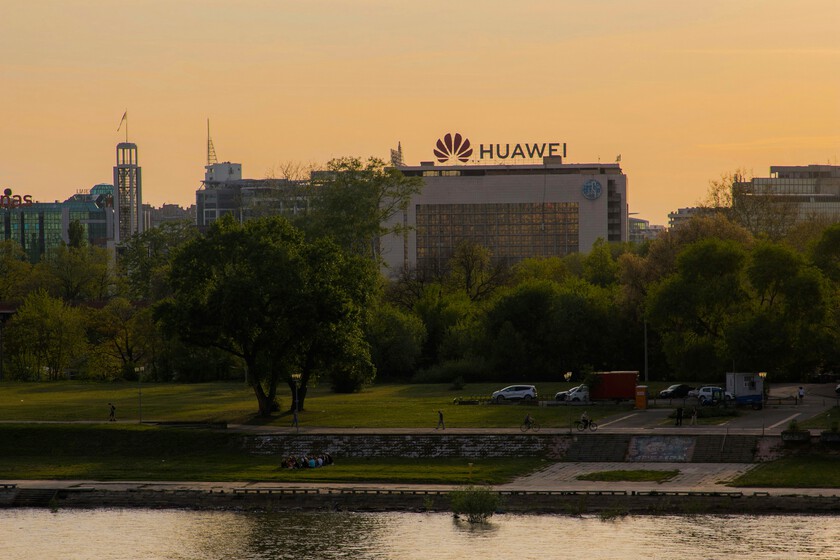For more than a decade, DJI prevented its drones from flying over sensitive sites like airports, the White House or disaster zones. Thanks to integrated software, it was impossible to take off in these “prohibited zones”, a function appreciated by the authorities in charge of aviation security. But this device is now a thing of the past.
Drone pilots free to fly over sensitive areas
From now on, users will only receive an alert if they venture into restricted areas, but they can choose to ignore it. According to DJI, this change “ puts control back in the hands of operators », a philosophy that aligns with the precepts of regulators such as the Federal Aviation Administration (FAA), which emphasizes pilot responsibility. The company says its auto-lock system was voluntary and was never required by the FAA.
Adam Welsh, head of policy at DJI, justifies the decision by pointing out that Remote ID — a digital identifier that allows drones and their operators to be located — now gives authorities the tools necessary to enforce the law. “ This change reflects our commitment to aligning our technology with regulatory requirements “, he said.
If DJI claims that this withdrawal of geofencing does not increase the risks, not everyone is convinced. Brendan Schulman, former head of DJI, did not mince his words at The Verge : « It’s a radical change that could have a huge impact, especially for pilots unfamiliar with airspace restrictions. »
The criticisms are based on recent incidents. In California, a DJI drone disrupted firefighting efforts by damaging an air tanker. This particular model was too lightweight to be subject to the Remote ID requirement, complicating driver identification. This kind of scenario could become more common if users lack common sense or exploit these freedoms irresponsibly.
Observers also point to the coincidence of this change with the growing pressure from the American government on DJI. Already considered a “Chinese military company,” DJI faces a possible ban on its products in the United States. For analysts, removing geofencing could be a way to show that the company does not need favors from U.S. regulators, or even a symbolic gesture to protest trade restrictions.
DJI rejects these interpretations. “ Our security decisions are not driven by politics “, assures a blog post published by the company. She also specifies that this change was tested in Europe last year, with no increase in reported incidents.
This removal of geofencing is a new step for DJI, which is banking on user maturity and monitoring tools like Remote ID. Will this approach be enough to avoid abuses, in a country where tensions around drones, whether security or geopolitical, are particularly high?
🟣 To not miss any news on the WorldOfSoftware, , .












